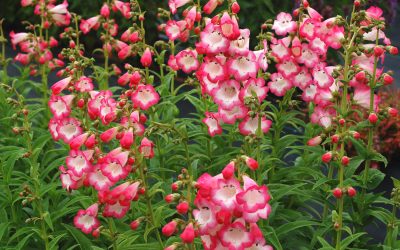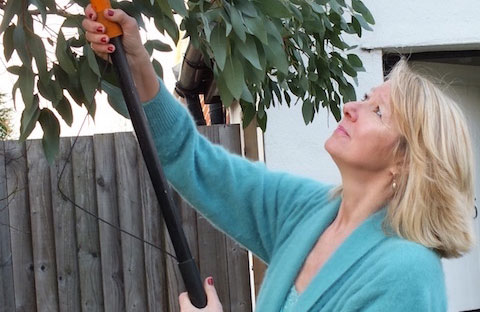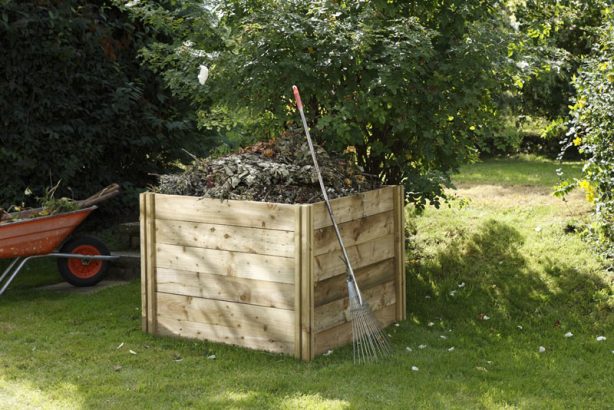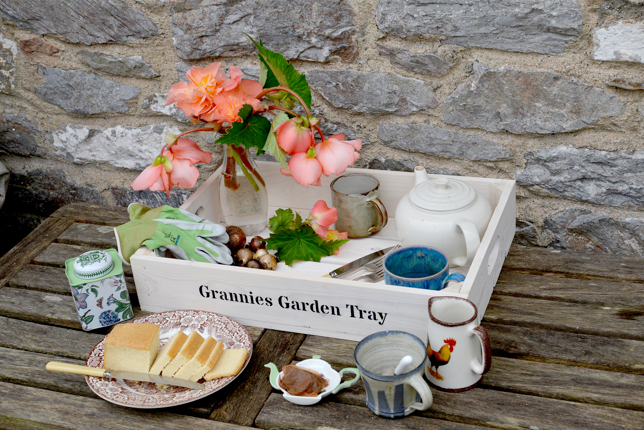A tree is for life and will give pleasure to generations says LOUISE MIDGLEY
There’s much talk in the media about offsetting our individual carbon footprint but the subject is a complex one and although as a nation we have become quite adept at recycling there is obviously so much more we could all do if only we knew how.
One of the simplest ways to help the environment and redress the balance is to plant a tree. Through photosynthesis trees absorb large quantities of carbon dioxide, which they convert into carbon to store in the leaves, branches and trunk and release cleaner oxygen back into the air.
Select the right tree for your garden
An average size garden won’t comfortably accommodate a lofty native variety, these stalwarts of beauty are best left to local parks and the countryside where they can grow away unchecked.
A smaller ornamental tree that won’t upset neighbours, obstruct light or cause structural damage could however become an invaluable focal point in the garden’s design.
Any new tree needs to earn its space; its presence will add a new level of interest and sense of maturity to the landscape but as a living sculpture it needs to change over the course of the year with a fanfare of beauty.
Choose specimens that have at least some of the following assets. Breathtaking blossom in spring, attractive evergreen foliage, berries or fruit, coloured leaves in autumn, striking structure in winter and handsome bark.
Create a rich habitat for wildlife
Trees support many living organisms, including birds, mammals and invertebrates. In providing shelter, food and habitats for these creatures you introduce a wider and more diverse cross section of wildlife into the area, which can only benefit the health of the garden.
Best of the Evergreens
Variegated forms of evergreen trees make good stand-alone specimens. Lollipop shaped ligustrum, holly or pittosporum add a sense of formality and order to beds or borders and will lift a garden in winter as the low sun bounces off their pale, bright foliage.
The strawberry tree, arbutus unedo is slow growing and multi branched and can be kept as a large shrub if necessary. In autumn/ winter it is covered in both flowers and rosy red strawberry like fruit simultaneously, has glossy green foliage and attractive rough brown bark.
 Must have deciduous beauties
Must have deciduous beauties
In this category the choice is infinite. The Japanese maples are a delight in autumn for their fiery foliage and shiny, peeling bark. Give them shelter from strong sun and damaging wind, as the delicate leaves are prone to scorch.
Trees in the crab apple family will provide spring blossom, coloured fruits and attractive autumnal foliage. They can also be found in columnar and weeping shapes that give extra interest when naked in winter.
For clean white bark, the silver birch Betula ‘Grayswood Ghost’ is a garden designers dream. Punctuate the landscape with more than one for dramatic impact if you have the space or plant in an orderly row.
Winter is the ideal time to plant bare root specimens as long as the ground isn’t frozen or waterlogged and remember to keep watering new specimens throughout the whole of the summer until a strong root support system is established.











